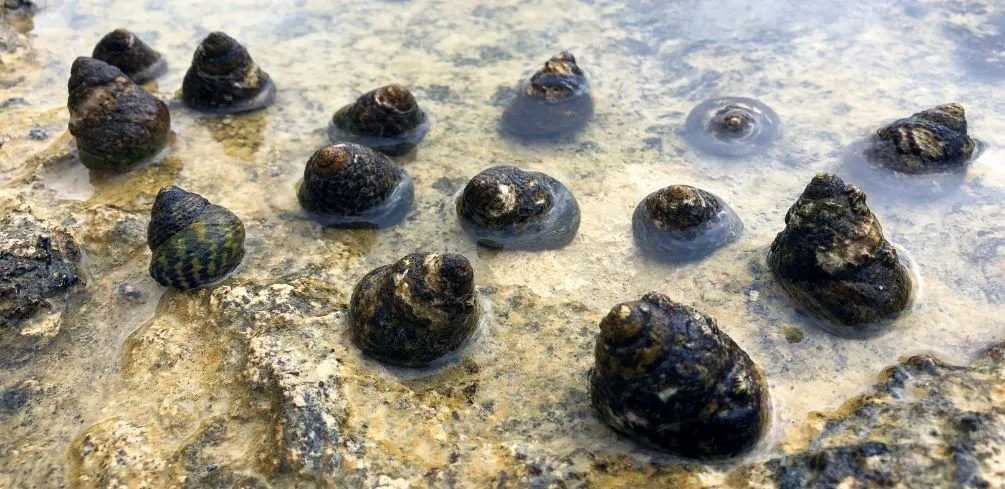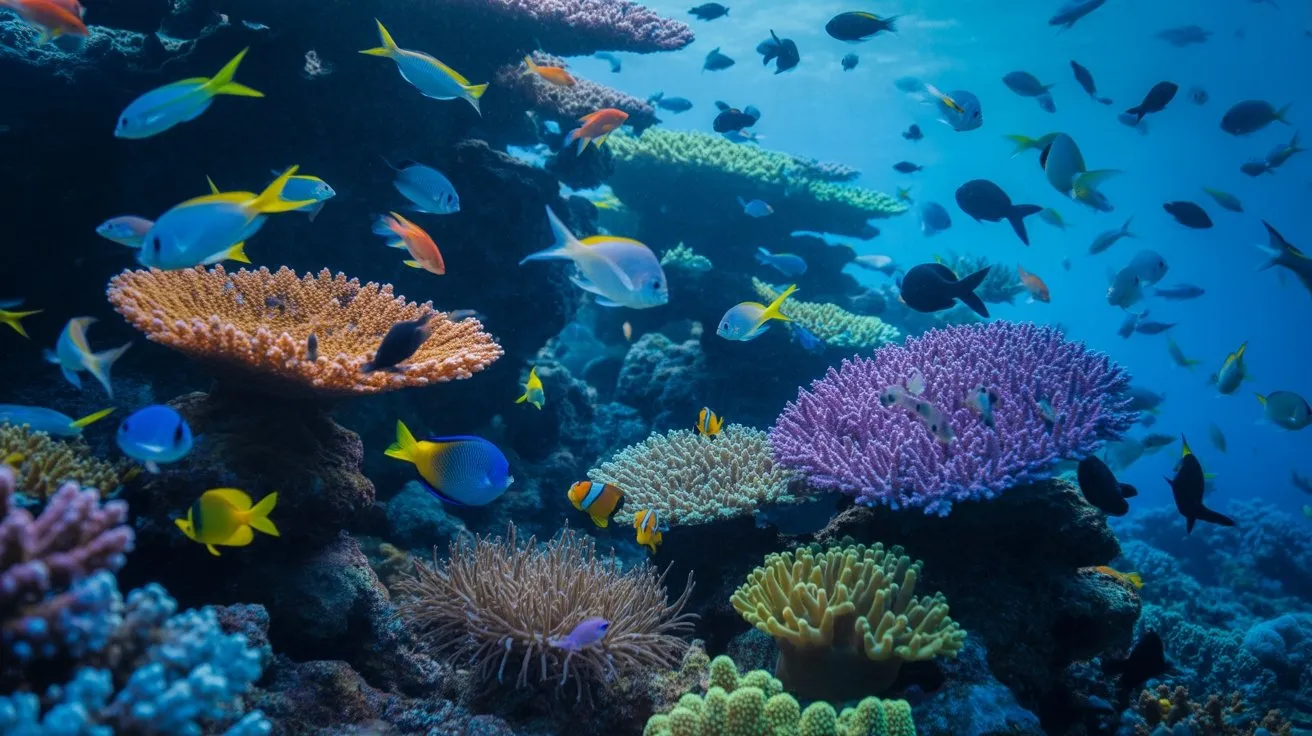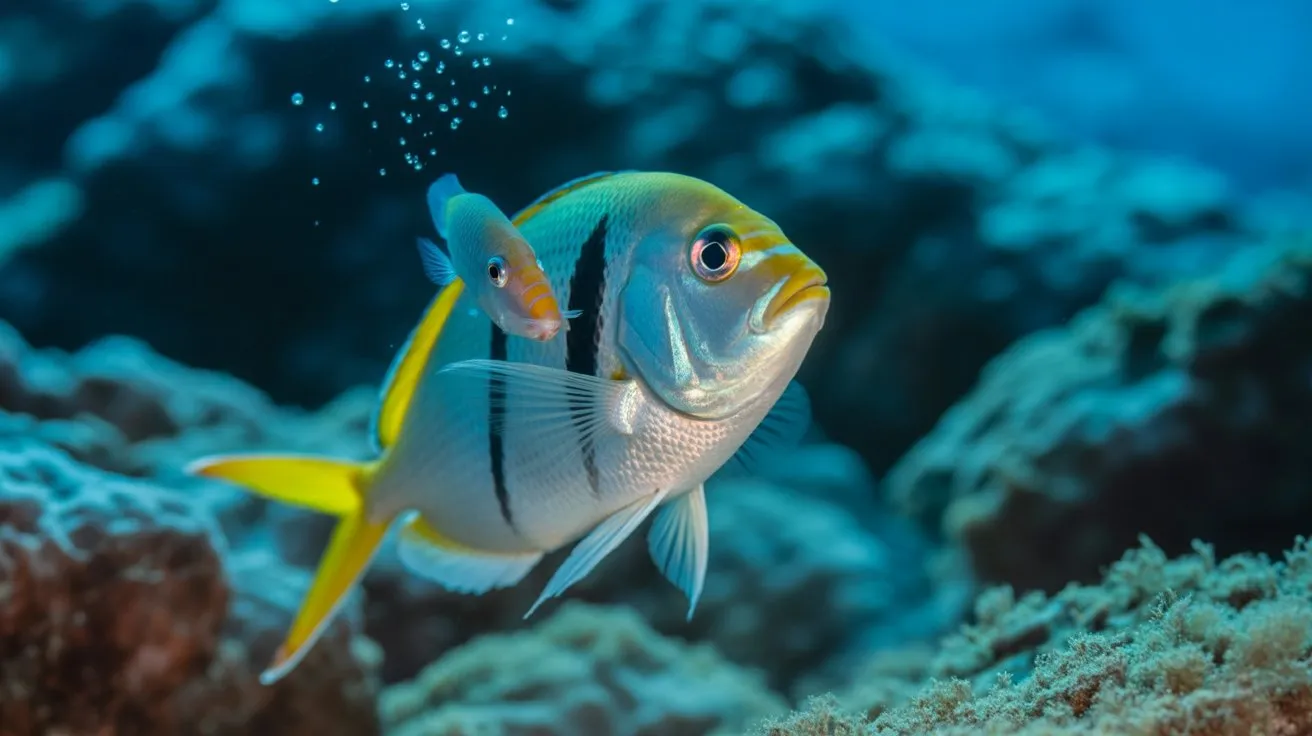Have you ever considered eating sea snails? While eating land snails is common and provides nutritional benefits, the question is whether sea snails are edible.
Generally, sea snails are edible. However, not all sea snails are edible since there is a limit to what you can consume. Additionally, cooking and eating sea snails needs effort but may end up being tasty. Below is a guide that answers the curiosity revolving around the edibility of sea snails.
Which Sea Snails Are Edible?
Not all sea snails are edible. There are over 25 species of sea snails and slugs, each uniquely featured.
Most species of gastropods (snails and slugs) are consumed worldwide, either raw or cooked. Some species are exploited and shipped commercially as part of the shellfish international trade.
Other gastropod species are sold and eaten locally. Additionally, some are collected and consumed locally but are rarely consumed and sold.
Some species are no longer being eaten currently but were consumed in prehistoric and historic times.
Below are some of the most common edible sea snails:
· Whelk
The most common sea snail variety is sold as a whelk. It is a sea snail from the family Buccinidae with elegant spiraled shells. When cooked properly, whelk has succulent and tender meat.
Whelk is commonly prepared and served at seaside stands in Britain. In addition, whelk is also served on seafood platters in France’s Brasseries.
Also, expect to find it in Italian salads and pasta dishes.
It is tender and easy to prepare in your home kitchen. Larger varieties are marketed as scungilli, often including the channeled whelk and the knobbed whelk.
Knobbed and channeled whelks are edible marine snails found in different American waters. The inner mass of the knobbed whelk’s shell is edible and consumed in various parts worldwide.
· Periwinkles
Generally, periwinkles are shellfish connected to whelks but smaller in size. They have flesh curled inside and tapered further inside.
Periwinkles are common in Europe, where they are mostly sold and consumed. Their flesh appears and feels rubbery when cooked.
There are different varieties of periwinkles, including rough periwinkle, flat periwinkle, edible periwinkle, and small periwinkle. While all these varieties of the periwinkle slug are edible, some are not entirely worth the effort due to their size.
The edible periwinkle measures 2-3 cm, making it worth the effort. Additionally, the edible periwinkle is also the largest variety of the periwinkle snail family.
Fortunately, cooking periwinkles is relatively simple. Due to their small sizes and the amount of these snails you require to make a complete meal, the preparation process is rather labor-intensive.
Regardless, periwinkles are one of the common edible and tasty sea snails.
Benefits of Eating Sea Snails
In different parts of the world, snails are considered a delicacy because of how they are expertly prepared and the health benefits they carry. Each edible snail has nutritional benefits when cooked properly.
Below are the benefits of eating edible sea snails:
· Protein Source. Sea snails are considered a low-calorie protein source necessary for the repairing and building of muscles and tissues. Additionally, sea snails help to fill better than carbs and fats
· Presence of Vitamin B12. B12 is necessary to keep your nervous system healthy, produce red blood cells, process folic acid, and release energy from food. Sea snails are loaded with Vitamin B12
· Sea Snails Have Iron. Sea snails are a reliable source of iron necessary to transport energy throughout your body and build red blood cells. Iron from animal sources such as edible sea snails is absorbed more from plant sources
· Presence of Magnesium. Sea snails provide a great source of magnesium that helps to maintain strong bones, regular heartbeats, and normal blood pressure
· Selenium Presence. Snails are a great source of selenium that protects cells from damage and keeps immune systems healthy
· Snails Provide Calcium. Sea snail is a reliable calcium orthophosphate source, a chemical substrate that cures kidney diseases
· Sea snails also contain Omega -3 fatty acids that help brain development, prevent heart diseases, and reduce high cholesterol levels.
· Sea snails contain almost all the same nutritional value as land snails. Expect to gain the same and possibly more health benefits as you would from eating land snails.
Ways to Prepare Sea Snails for Eating
There are different food preparation methods for different types of foods. Sea snail typically has an unconventional taste, often requiring food preparation techniques to achieve a comfortable taste.
Escargot is the French term for snails prepared and served in their shells, typically with slightly melted butter served on the side. Sea snails are collected directly from the sea, appropriately cleaned, prepared, cooked, and consumed within a short time.
Cleaning and Preparation
As previously mentioned, preparing sea snails may require some time and effort. Sea snails are easier and faster to clean than land snails.
Most land snails are covered in slime that assists in their movement. Fortunately, sea snails lack this challenge.
Run them through the water to get rid of the sand and place them in a bucket of clean water for 20-30 minutes. Doing so helps them to relax their muscles holding the protective operculum shut on the snails’ shell.
Immediately the snail relaxes, pole each of them to confirm if they are still alive.
How to Cook Sea Snails for Eating
Sea snail cooking methods include:
Sautéed Sea Snails
Smaller-sized sea snails such as whelks and periwinkles require a few minutes for cooking, especially via sautéing. In a saucepan, heat extra-virgin olive oil.
Sautee fresh chili pepper and crushed garlic cloves in the saucepan for a few minutes. Then add the shelled snails in the pan and pour in a cup of white wine for every pound of the sea snail.
Season with salt, then toss the mixture with chopped fresh parsley. Immediately serve the snails.
Snails in Lemon Butter Sauce
Cooking small sea snails such as periwinkles in a sauce is generally easy. However, if you are preparing whelks, boil them in salted water for about 15 minutes before cooking them in the sauce.
Heat dry white wine, a few lemons, minced shallot, and minced garlic.
Cook this mixture for a few minutes, then add well-cleaned boiled whelks or periwinkles to your sauce. Add in some Worcestershire sauce, salt, black pepper, then cook for a few more minutes.
While stirring continuously to achieve a uniform blend, add butter to the pan, then reduce the heat. Add in some chopped parsley or hot pepper sauce.
Once done, serve the sea snails in skewers that guests use to pick the meat from the shells.
Do Sea Snails Taste Good?
Sea snails largely remain delicacies unknown to many people. For those bulk who have tried sea snails (Escargot), they understand how amazing the dish can be when cooked professionally and served with rich butter sauce.
Sea snails’ texture and taste come close to clams’. Most people who have tried sea snails believe its taste tends to lean between fish and chicken.
The dish may also come with a mushroom taste. However, sea snails largely take over the taste of the butter or the sauce with which it is prepared.
Why Do People Eat Sea Snails?
According to PLOS One research, snails have been a delicacy for over 30,000 years. To some individuals, eating sea snails has been a tradition passed down to generations.
Generally, sea snails, just like other rare seafood, are associated with high-class/premium dining among individuals within high social classes.
What You Should Know About Sea Snails
Food experts don’t advise cooking sea snails immediately after a fresh cause. Most sea snails’ diet heavily disagrees with the human digestive system.
This is often why most chefs starve the snails before cooking. This is to allow for the toxins to be eliminated from the snails’ system.
Therefore, if you want to prepare and cook the snails, it is advisable to consult with the seller on when the snails were caught. This will provide you with a rough estimate of the snails’ last feeding and when it’s ideal to prepare them.
As a rule of thumb, it is safe to consume sea snails harvested 5-7 days before purchasing them.
Are there Side Effects of Eating Sea Snails?
Some of the potential side effects of eating sea snail meat include:
· Heart Complications
Sea snails are a low-fat protein source. However, cooking sea snails in buttery sauces returns this fat to the snail dish. Excessive fats are believed to block arteries and cause further heart complications.
· Stomach complications
One of the most common mistakes people make is eating raw seafood. While some individuals have developed a potent immune system and digestive system, others are prone to abdominal complications by consuming raw sea snails.
Should I Eat Sea Snails?
Sea snails are a delicacy, especially when prepared by carefully. Generally, snails carry immense health benefits, from being an excellent protein source to providing your body with energy.
However, while they are considered healthy dishes, they are also dangerous, subject to negligence, such as consuming raw and cooking with too many fats.
Bottom Line
Are sea snails edible? Yes, sea snails are among the lesser-known marine delicacies consumed in high-end food establishments.
When prepared expertly, sea snails make a fantastic meal. However, ensure you follow an expert recipe if you are preparing sea snails for the first time.
Did you ever wonder if you can eat sea stars?





